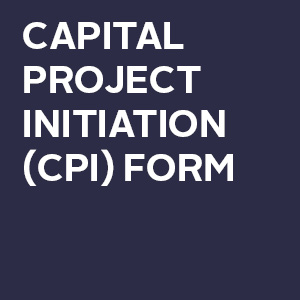Fall Maintenance Checklist for Church Facilities
- Paving
- Repair broken or spalled concrete walks and steps
- Grind concrete walk joints that are raised and cause tripping hazards
- Repair potholes in asphalt or concrete
- Inspect parking lot lighting
- Landscaping
- Trim tree limbs and shrubs to prevent from rubbing against the building, and dropping leaves/branches onto roofs
- Remove ivy climbing on masonry walls
- Remove debris from outdoor drainage grates
- Keep landscaped areas pitched away from building foundations
- Confirm outdoor lighting is operable and replace burned out lamps
- Inspect fencing and gates for rot, rust, and deterioration
- Roof Inspection
- Remove leaves and debris from gutters and downspouts
- Verify ice melt cabling is working properly to prevent ice dams
- Clean debris from drains on flat roofs
- Inspect for loose or damaged shingle areas
- Inspect pitched and flat roofs for loose flashing and wall coping caps
- Inspect flashing around chimneys to determine if they are loose or have failing sealant joints
- Exterior Walls
- Inspect caulking and flashing at doors, windows, and wall joints (weep joints should not be covered with caulk)
- Inspect windows for cracked glass
- Inspect door and window weatherstripping
- Verify motion sensors and timers for lights are working properly
- Inspect outdoor electrical outlets to confirm they are working and covers are securely in place
- Inspect window well covers
- Review masonry walls for cracked or open joints that need tuckpointing
- Exterior Doors
- Adjust doors to allow for proper clearance
- Lubricate all hardware
- Stained Glass
- Inspect stained glass for:
- Excessive bowing
- Cracked glass
- Rusting supports
- Deteriorating lead joints
- Peeling paint
- Inspect any protective glazing covering stained glass (protective glazing that is not properly vented can severely damage glass, caming, and support frames)
- Inspect stained glass for:
- Heating Equipment
- Replace filters
- Lubricate motors
- Check belts
- Boiler/Furnace inspection to confirm they operate and vent properly
- Plumbing
- Shut off water hose connection at interior, open hose connection and drain
- Install outdoor faucet covers
- Confirm sump pumps are working and that there is a battery powered backup in place
- Verify lawn sprinkler systems are directing the spray away from buildings to avoid excessive water on the walls and foundation
- Fire & Smoke Alarm Systems
- Verify detectors are working properly
- Check fire extinguisher tags for inspection dates and replace out of date equipment


